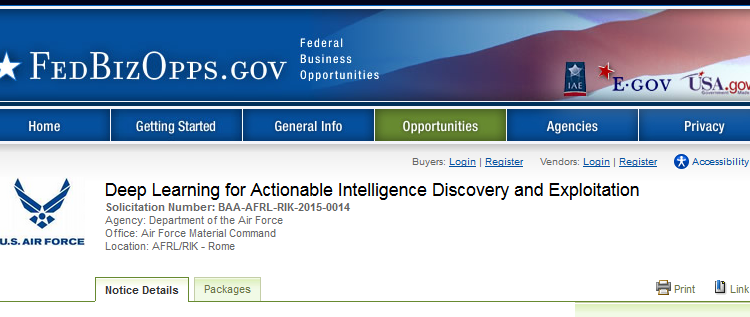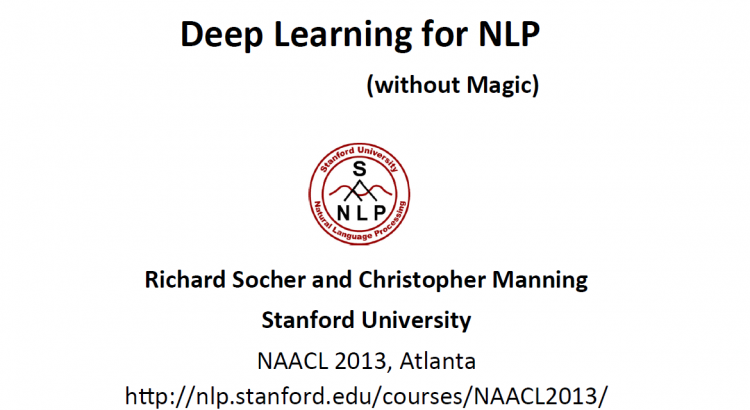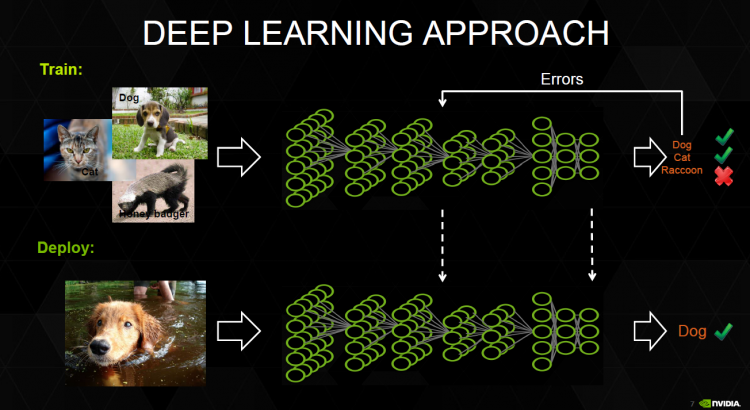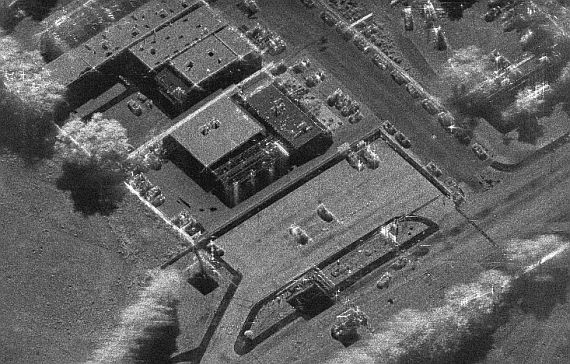NVIDIA’nın düzenlemiş olduğu online derste (29.07.2015) katılımcıların yazılı sorularına verilen cevaplar aşağıda yer almaktadır. Dersle ilgili daha fazla bilgi için tıklayınız.
Chairperson: The recording and slides from the first class are located here https://developer.nvidia.com/deep-learning-courses
Jonathan Bentz: N Frick: I have a question: are any of the recent algorithm advances already “baked” into the DL Frameworks, or is it up to the user to choose the correct preprocessing methods and implement them outside the libraries?
A: Depends what you mean by “algorithm advances”. In general, the DL frameworks make every attempt to keep up with the current state of the art in deep learning algorithms and so they often implement these directly in the frameworks.
Brent Oster: Sunny Panchal: Once a network has been trained, how well does it adapt to a new set of data that is added with a new classification category?
Yes, this is referred to as fine tuning, and it works because many of the lower-level features are common between datasets. Only the weights for the fully-connected layers need to be adjusted.
Allison Gray: Earl Vickers Question: Can DIGITS handle arbitrary data types without a lot of programming, or is it mainly designed for pictures?
A: Right now you can use square or rectangular images with DIGITS. They can be either color or grayscale. We can also handle different image formats. We plan to expand this in the future.
Earl Vickers Question: Can DIGITS handle arbitrary data types without a lot of programming, or is it mainly designed for pictures?
A: Right now you can use square or rectangular images with DIGITS. They can be either color or grayscale. We can also handle different image formats. We plan to expand this in the future.
Earl Vickers Question: Can DIGITS handle arbitrary data types without a lot of programming, or is it mainly designed for pictures?
A: Right now you can use square or rectangular images with DIGITS. They can be either color or grayscale. We can also handle different image formats. We plan to expand this in the future.
Larry Brown: There are a few questions about invariance in DNNs and including metadata…those questions are more advanced and we will come back to them in a future session.
Brent Oster: Q: Ferhat Kurt: Is it possible to image recognition realtime in a stream (video)?
Devamını Oku



